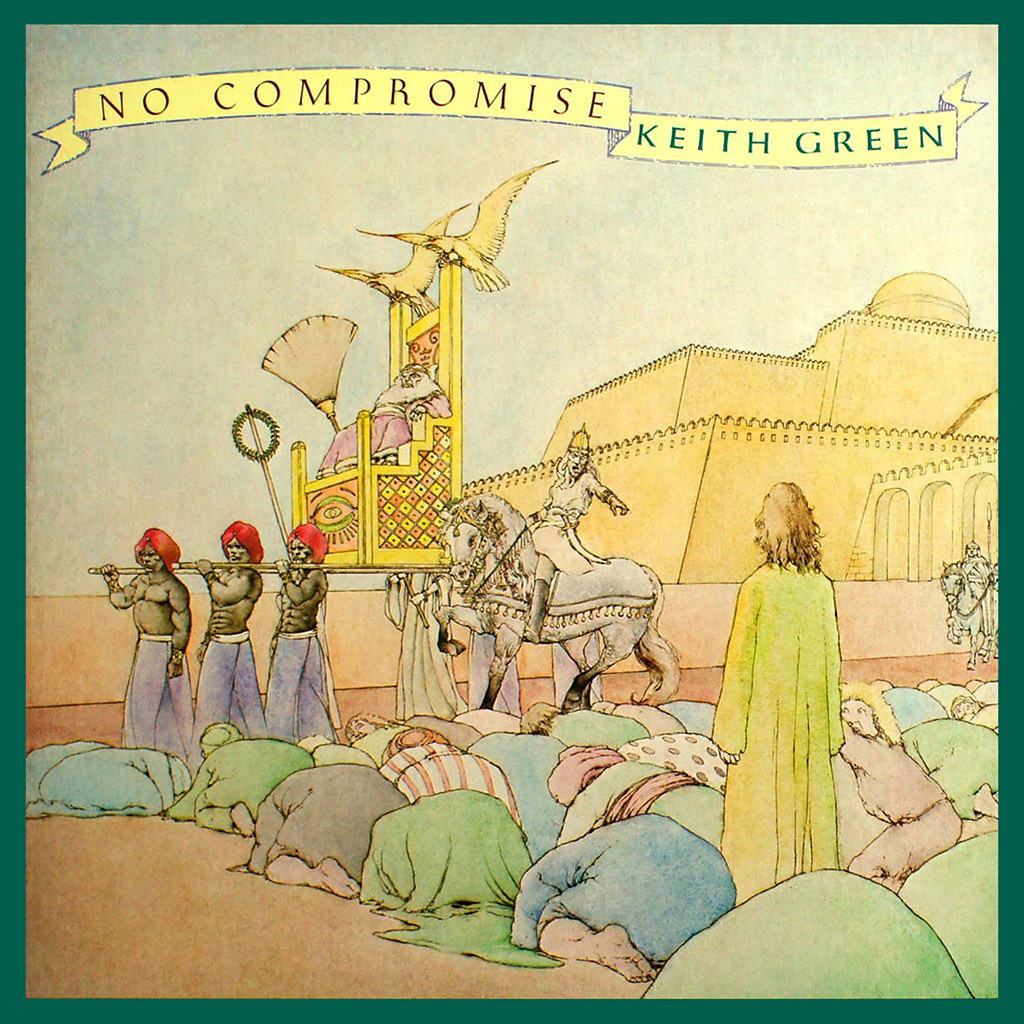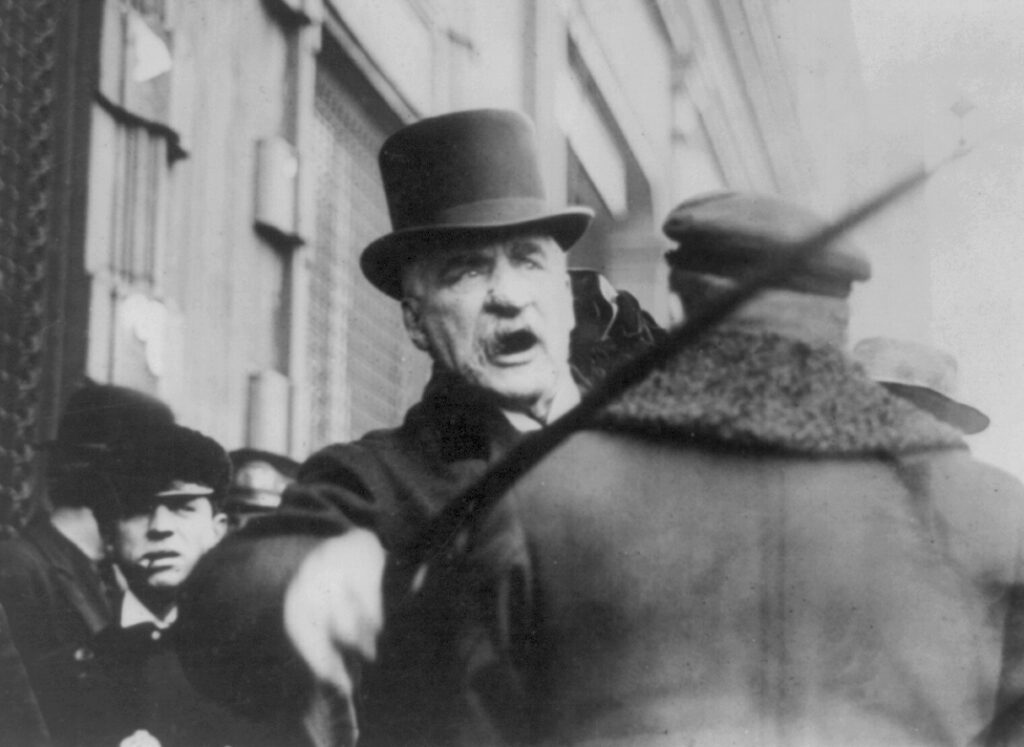(a.k.a., the spirit of antichrist)

For some strange reason, I’ve thinking about “transgrssive art” today. I can’t imagine why . . . but anyway . . .
Transgressive Art is not new. It’s not good. It’s barely “art.” Those who create it think themselves oh, so “brave,” but it requires no courage at all. It’s lazy and juvenile. And again, it isn’t new, at all. In fact, you can trace the modern manifestation of it back to . . . guess where . . . Paris, France! Yep.
Ready to learn something? Let’s dive in.
First, from the Wikipedia article on “Transgressive Art“:
“Transgressive art is art that aims to outrage or violate basic morals and sensibilities . . . traces of transgression can be found in any art which is considered offensive because of its shock value . . .”
The idea of creating “art” that is specifically, consciously aimed at offending and shocking the moral sensibilities of the establishment goes back at least to the “Age of Reason” or “Age of Enlightenment” in France in the 18th century. Funny thing about that period in France, the more reason-y and enlightened the. French got, the more people tended to die on guillotines or at the hands of angry mobs.
Here in the U.S., creating art (including movies and music) designed to shock by mocking Christ and Christianity became the fast track for fame and acceptance for aspiring artists in the last half of the 20th centiry. The trend really picked up steam in concert with the Sexual Revolution and in the late 1960s.
One of the few good things about growing older is the fact that, you’ve seen some things. There is nothing new under the sun, just recycled fads. Like skinny ties and ripped up jeans, things that fell out of fashion always eventually come back into vogue.
But one thing that has never fallen out of fashion with certain segments of society in nearly 2,000 years is: mocking Jesus–the One sent as a living, dying demonstration of God’s goodness and redemptive love. Again, being a bit older means you’ve seen this movie plot before. For example . . .
Back in 1987, Ronald Reagan’s second term had all the usual suspects in all the usual places (the entertainment industry, the fashion industry, the news business, and academia) in deep distress over all the normalness and prosperity the country was enjoying.
So an american “artist”/photographer named Andres Serrano became a celebrated sensation in NYC and LA art critic circles with his “courageous, bold, and provocative” photograph titled Immersion (a.k.a. Piss Christ). Rather than show it to you here, let me just describe this “stunning and brave” piece of visual art. Serrano submerged a crucifix in a glass of his own urine and took a picture of it.
Once it began to be widely celebrated by people prone to celebrate such things, it created controversy and blowback because it offended many of us among the unwashed, philistine, masses who don’t appreciate fine art.
Of course, the controvery was the objective. If a tree falls in a forest and no one hears it . . .? And if transgressive art designed to offend the normies doesn’t offend them, then what’s the point?
Again, since the sixties it’s been clear that in the overlapping worlds of art and fashion and theater and “cinema”–the surest path to acclaim and wealth has been the path of mocking Christians and their Christ. So, lets talk about why that is, and how it relates to a couple of other trends we’re seeing right now.
The Spiritual Roots of Things
As I suggested above, the real roots of what animates displays of transgressive art actually go back nearly 2,000 years. Here’s the Apostle John in the first century:
. . . so now many antichrists have come . . . Who is the liar but he who denies that Jesus is the Christ? This is the antichrist, he who denies the Father and the Son . . . but every spirit that does not acknowledge Jesus is not from God. This is the spirit of the antichrist, which you have heard is coming and even now is already in the world. (1 John 2:18; 2:22; 4:3)
Note that “spirit of antichrist” was already loose in the world roughly 1,960 years ago. By John’s definition, a person is animated and influenced by the antichrist spirit if they oppose, deny, or mock the proclamation that Jesus was God in human flesh and the promised Messiah of Israel.
So having those around is not some recent development.
The same spirit is behind much of the other nonsense currently being jammed down the throats of the normies. As I’ve written in previous posts (see here, here, here, here, and here) Progressivism, liberalism, marxism, socialism, Occupy Wall Street-ism, the identiy politics cultists, the de-colonizers, DEI-ers, the anti-Zionists, the anti-Semites, and the rest of the left-wing smorgasbord is all rooted in a hatred of Western Civilization because Western Civ. is rooted in, and springs from, Christianity. And Christianity springs from Christ.
The antichrist spirit saturates all of it. What Transgressive Art is transgressing is the foundational assumptions and values that made Western Civilazational countries the best places to live that have ever existed on planet Earth. The U.S. first among them.
Knowing all of this means I am never shocked when people like . . . oh, say . . . French “creatives” producing the opening ceremonies of the summer Olympic Games decide to appropriate a piece of iconic Christian art. Pagans gonna pagan.
But just because I’m not surprised doesn’t mean I’m not grieved and angered when it happens . . . especially on a global stage. I get the responses I’ve seen from my brothers and sisters all over social media.
Would you like to know how I process incidents like the recent one? No? Well I’m going to tell you anyway.
Take 2 and Call Me in the Morning
And by “2” I mean Psalms chapter two. Please allow me to explain.
When you love Jesus . . . When you are unspeakably grateful to Him for pulling you out of the pit of destruction, out of the miry clay, and setting your feet upon a rock . . . when you have come to understand His unfathomable love for all mankind and the enormity of the sacrifice He willingly made to make all broken people–including yourself and including all the broken 2SLGBTQQ+ people mocking Da Vinci’s last supper at the opening ceremonies . . .
It’s easy to be enraged when people mock or reject Him. Believe me. I get it. I feel it. But then I try to remember two incidents in the gospels.
The first is in Luke chapter nine. There some of the disciples go in advance of Jesus’ entourage to a Samaritan village to see if they could eat and spend the night there. The villagers said no. You know the rest of the story.
When James and John saw this, they said to Jesus, “Lord, should we call down fire from heaven to burn them up?” But Jesus turned and rebuked them. So they went on to another village. (Luke 9:54-55)
In the first few verses of that same chapter we see Jesus delegating power to heal and deliver, and sending the discples out to help people and set them free. Fifty-four verses later, James and John are asking for supernatural power to kill people who have offended them by rejecting their rabbi.
The second incident occurs thirteen chapters later. In Luke 22, some Temple security guys sent by the High Priest and the Sanhedrin arrive to arrest Jesus. The disciples, who are all armed put their hands on their swords. Peter, intent on being the best at defending Jesus, whips out a knife manages to cut the ear off of one of the High Priests poor slaves. (Luke 22:49-50)
As you know, Jesus doesn’t endorse this act any more than He did the desire of James and John to inflict a horrible death upon a Samaritan village. In fact, in the final miracle of his miracle-filled ministry, he heals and restores the man.
I personally bring these incidents to the front of my mind any time I (figurately) feel myself reaching for a dagger or yearning for a firestorm after someone has rejected or insulted my wonderful Savior. Which brings me to Psalms chapter 2. It’s wonderful medicine for the offended believer’s soul.
Why do the nations conspire and the peoples plot in vain?
The kings of the earth rise up and the rulers band together against the Lord and against his anointed, saying, “Let us break their chains and throw off their shackles.” (v. 1-3)
And here’s the punch line.
The One enthroned in heaven laughs; the Lord scoffs at them. (v. 4)
Who is the Lord’s anointed in those verses? It is Jesus, of course. And by the transitive property of spiritual things, it is also His Body in the earth, the Church.
So here’s the thing. It’s probably not wise to get my soul into a angry, offended, veangeful wad about something God finds ridiculous. The rest of that Psalm makes it clear that the Father and the Son have things well in hand. And that the kings of the earth–this world system’s “elite”–will one day really regret having insulted the King. But, in love, that King died so that they, too, might have abundant Life.
We don’t have to long for revenge on them. But it is vital to refuse to bow to their idols . . .

What Takes Courage?
Let me close by circling back to “Transgressive Art” . . . art designed to shock the sensibilities of the establishment. What now makes it absurd is that the transgressors ARE the establishment. They’ve won (for now).
The hippies and cultural marxists and sexual revolutionaries of the sixties now run all of the foundational institutions of our society. There is nothing brave or revolutionary about making a statement that will be applauded by all the people that “matter.”
Want to show me some artistic courage? Mock Mohammad and Islam on a global stage. Then you’ll deserve a tip of the cap for your bravery.
Update to the Original Post:
I wrote the post above in response to a lot of social media and news media chatter about the opening ceremony of the Olympics. Every word still stands and remains applicable. And the general topic of the post was “Transgressive Art” and why we Christians shouldn’t get too worked up about it. But some additonal relevant information is now being circulated in the same channels that needs to be addressed.
Many are now pointing out–some in a needlessly snarky and derisive way–that the Olympic tableau that pretty much everyone, all over the world, (including the AP) instantly read as a Trans-filled take on DaVinci’s iconic “The Last Supper” was actually a Trans-filled take on “The Feast of the Gods” by Jan Hermansz van Bijlert (a.d. 1597–1671).
So, here’s the interesting thing about that.
Bijlert lived and painted roughly 100 years after Leonardo da Vinci. He studied in Italy and France and it is unthinkable that Bijlert would not have been familiar with LdV’s “The Last Supper.” The similarities in composition between to the two paintings are so striking, it seems extremely likely that Bijlert was intentionally appropriating LdV’s already-famous masterpiece and replacing Jesus and the disciples with pagan gods and goddesses. As I noted above: “Pagans gonna pagan.”
In other words, “The Feast of the Gods” is itself, a work of transgressive art. (I told you there is nothing new about this!) And it also seems likely that the artistic director of the show, Thomas Jolly, was very aware of the visual connection between the two paintings. Why is that likely?
Well, according to the official program of the opening ceremonies, the name of that segment of the show was: “La Cène Sur Un Scène Sur La Seine,” i.e. “The Last Supper on a Stage on the Seine.” hmmmm
So all the points I made above still stand. And the “Feast of the Gods” thing may not quite be the “gotcha” many people seem to think it is.





